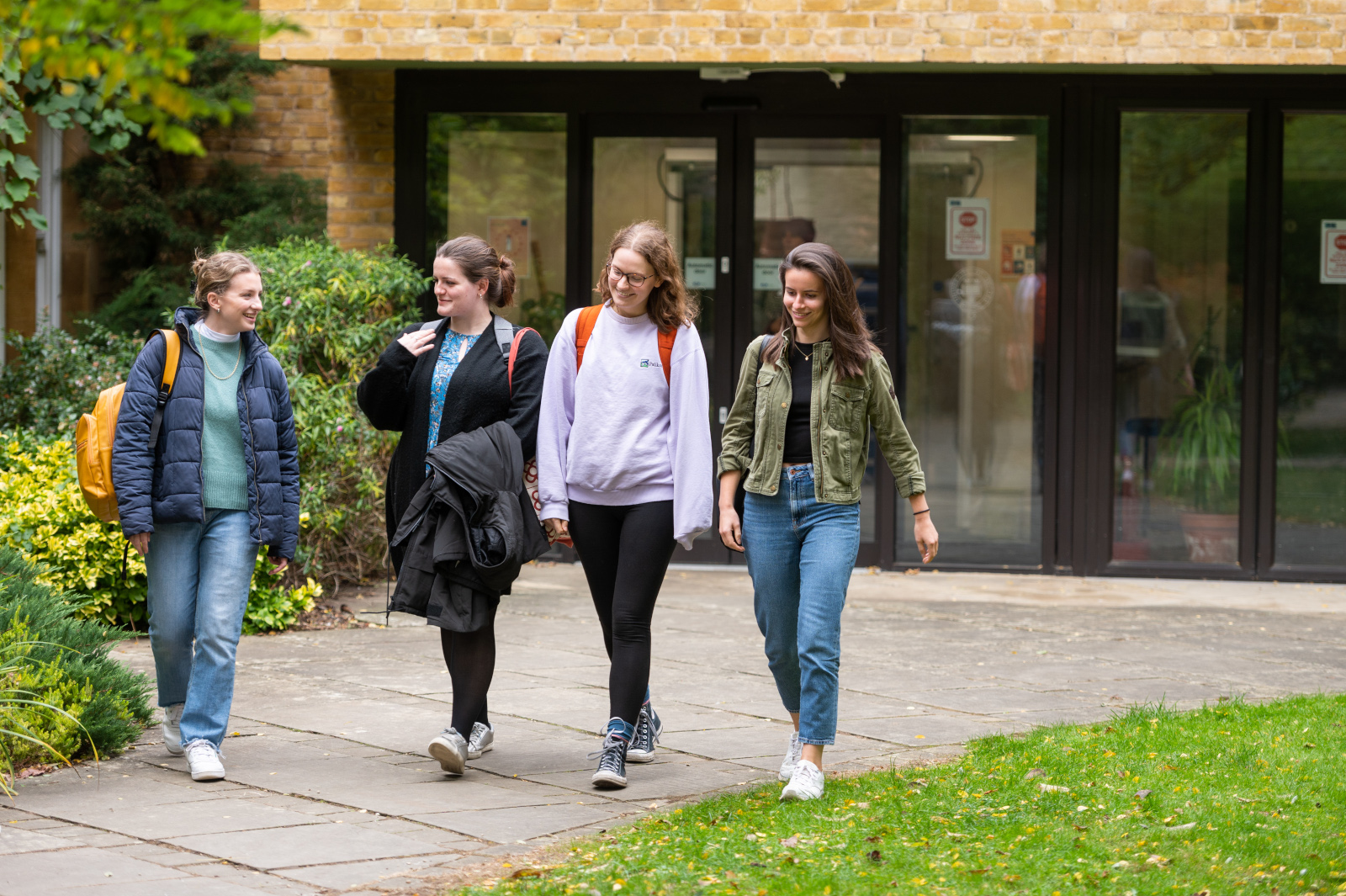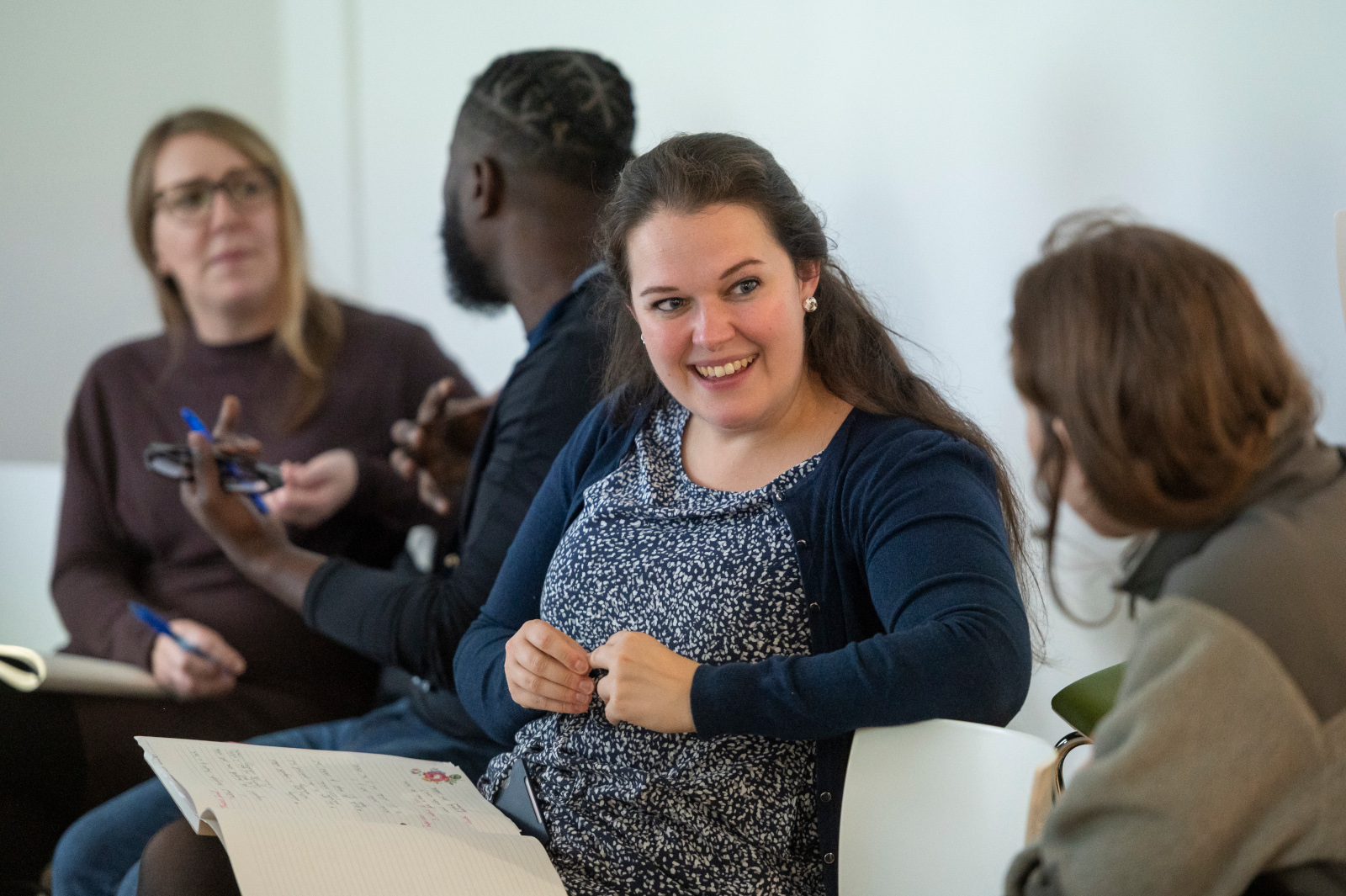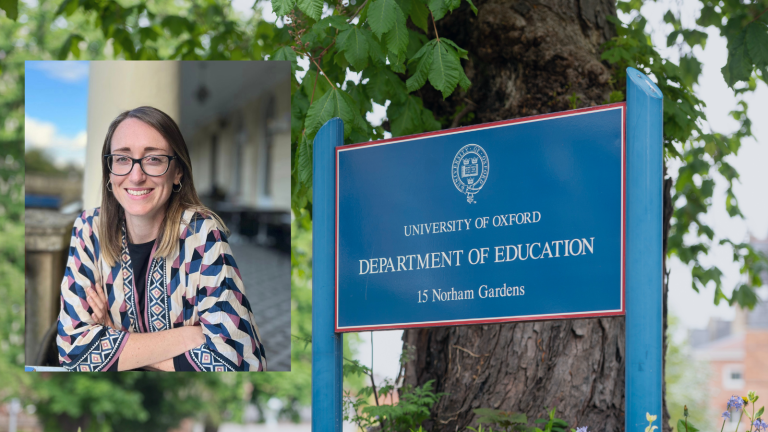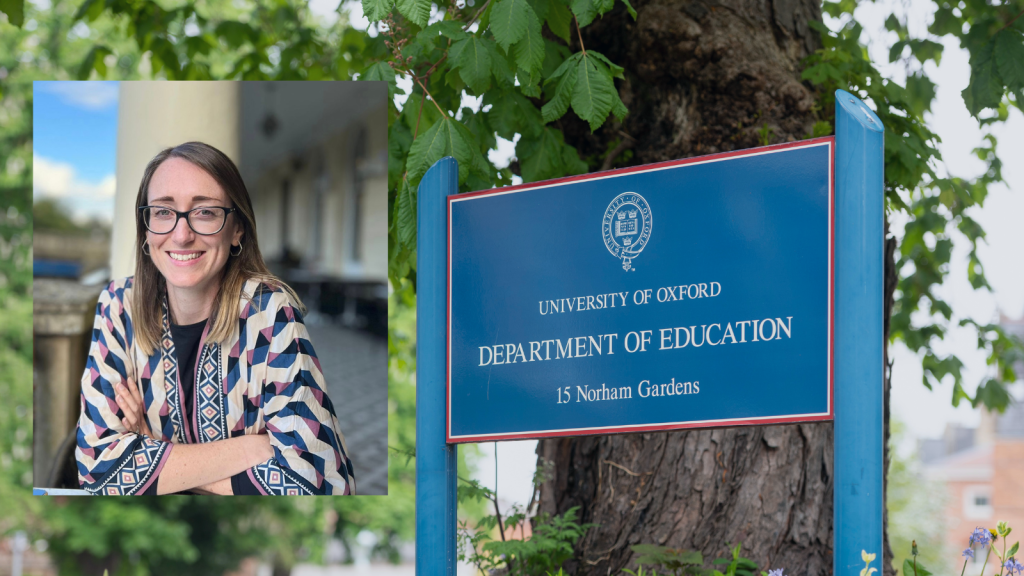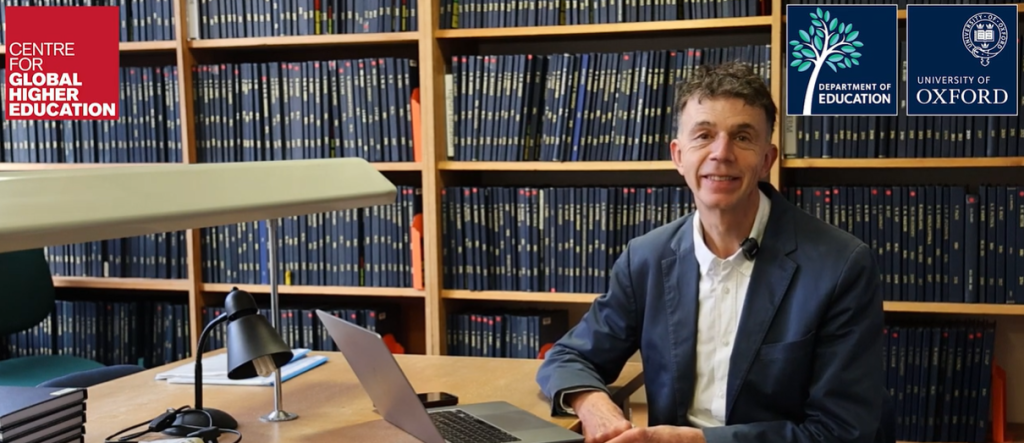‘Counter-connecting’ is a term coined by the lead author, Dr Julia Badger, of a recently released paper ‘Bullying or counter-connecting? Two inclusive definitions for schools’.
Julia, who is a Departmental Lecturer of Child Development and Education at the Department of Education, University of Oxford, said: “There is no standardised or universally accepted definition of school bullying, and the most frequently used definitions are not inclusive of the experiences of pupils with special educational needs and disabilities.
“Non-inclusive or incomplete definitions of bullying behaviour can lead to poor recognition of the roles within a situation which can leave some individuals without the correct acknowledgement of their experience, and without adequate support from teachers and peers.
“As a bullying researcher, it became apparent to me that a single definition for bullying was not appropriate and did not cover some behaviours seen especially with pupils with SEND. We came up with the new term ‘counter-connecting’ after consultations with special school teachers and parents of pupils with special educational needs and disabilities.
“Counter-connecting is a new term and new definition. For years I have spoken with teachers about a ‘type of bullying that’s not really bullying’. Now it has a name! Counter-connecting is when a child is trying to connect either with someone else, or their own emotions (for example self-regulation), but their uncertainty on how to do this results in someone else being negatively targeted. There is a victim, but no bully. It’s not bullying – it’s connecting gone wrong. But this still needs to be acknowledged and addressed.”
It is hoped that the two definitions – ‘bullying’ and ‘counter-connecting’ – will be used within special education schools and mainstream schools to ensure that negative behaviours are managed correctly, and appropriate support is provided, especially with regards to pupils with special educational needs and disabilities.
Julia continued: “There is currently a blur between types of negative behaviour. Misidentification can lead to stigma, further negative interaction and poor management of a situation. When not identified and managed correctly, this can negatively impact pupil mental health.
“Accurate definitions can support perpetrators and victims of bullying to understand, identify and hopefully reduce their involvement in bullying situations, and increase awareness for bystanders to confidently intervene.
“If definitions are inaccurate or lacking, it’s difficult to have a standardised approach in how best to manage a situation.
“I hope that the publishing of this paper will be the first important step so that the definitions are used to identify the exact type of negative behaviour being experienced. This will help both school staff and pupils to accurately identify, understand and support those experiencing these situations.”
Julia, with colleagues, will be running a trial in a selection of UK special schools testing a new anti-bullying programme called KiVa-SEND. This programme will be the first to use both inclusive definitions outlined in the paper.
‘Bullying or counter-connecting? Two inclusive definitions for schools’ was authored by Julia R Badger, Atiyya Nisar, Nicolette WT Lee and Katerina Romanova and is available to view now: http://doi.org/10.1111/1467-9604.70006.



